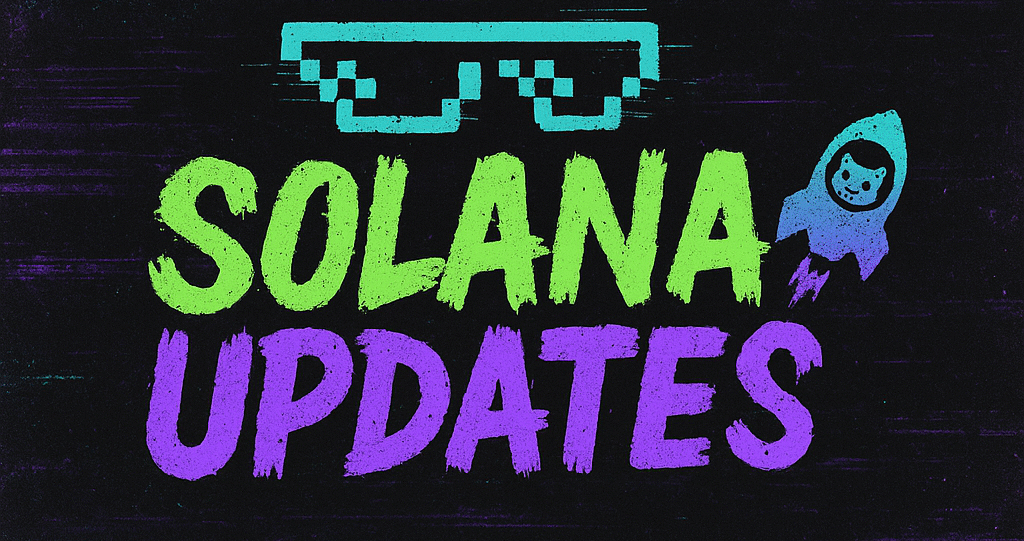In a rapidly evolving digital landscape, blockchain native protocols are becoming increasingly inventive in their approach to managing crypto treasuries. Amidst this strategic arms race, protocols like Chainlink, Cardano, and the Trump-backed WLFI are pioneering new methods to enhance the utility and demand for their tokens, setting the stage for a dynamic shift in blockchain economies.
Chainlink, a prominent player in the decentralized oracle network sector, has recently bolstered its onchain reserve with an infusion of over $1 million. This strategic move is part of a broader initiative to enhance liquidity and bolster the security mechanisms that underpin its ecosystem. By increasing its reserve, Chainlink aims to ensure a robust, self-sustaining financial backbone that can support its network’s growing demands.
Meanwhile, Cardano is charting a different course. Known for its rigorous academic approach to blockchain development, Cardano is exploring innovative treasury strategies that focus on community engagement and ecosystem growth. By leveraging its treasury to fund decentralized applications (dApps) and community-led projects, Cardano is nurturing a vibrant ecosystem that not only enhances its blockchain’s utility but also boosts the intrinsic value of its native token, ADA.
On a slightly different note, WLFI, a blockchain project with ties to former President Donald Trump, is making waves with its unique approach to treasury management. By aligning its financial strategies with popular political and social movements, WLFI is attempting to create a niche market that appeals to a specific demographic. This approach not only increases token demand but also cultivates a dedicated user base that could potentially drive long-term growth.
These developments underscore a broader trend within the blockchain industry: the shift from traditional treasury management towards more dynamic, innovative strategies. As these protocols vie for supremacy in the crypto space, the ability to effectively manage and leverage their financial reserves becomes increasingly crucial.
Additionally, this competitive environment is pushing protocols to think beyond simple token appreciation. By fostering ecosystems that encourage active participation and innovation, these projects are not only enhancing their own networks but are also contributing to the overall maturity and stability of the blockchain industry.
The implications of these strategies are far-reaching. For investors, understanding the intricacies of a protocol’s treasury strategy can provide valuable insights into its long-term viability and potential for growth. For the blockchain community at large, these innovations highlight the importance of adaptability and strategic foresight in navigating the ever-changing crypto landscape.
As the crypto industry continues to evolve, the race to optimize treasury strategies is likely to intensify. Protocols that can effectively balance financial security with ecosystem growth will not only survive but thrive in this competitive space. The initiatives undertaken by Chainlink, Cardano, and WLFI are a testament to the creativity and resilience that define the blockchain community, setting a benchmark for future developments in the crypto treasury domain.
🛒 Recommended Product: Check out top-rated crypto gear on Amazon


